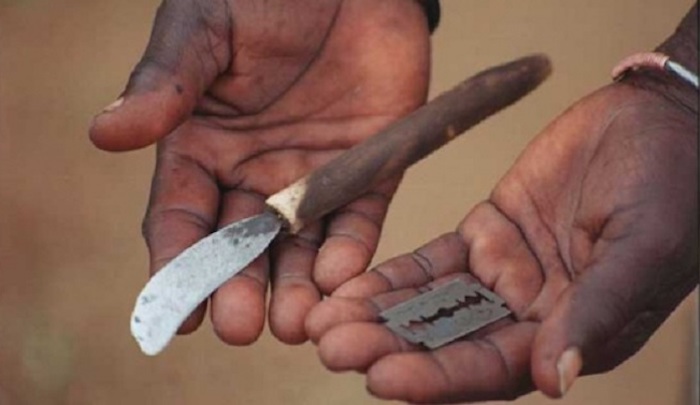
https://www.7sur7.be/sante/plus-de-...s-ou-a-risque-de-l-etre-en-belgique~af67bfbc/
Women who have undergone partial or total removal of the external genitalia number 23,395 on Belgian territory, estimates a prevalence study commissioned by the FPS Public Health and the Institute for the Equality of Women and Men, presented on Tuesday to the press in the presence of the Secretary of State for Gender Equality, Sarah Schlitz. The study, carried out by two researchers, a demographer and a midwife in public health, also concludes that more than 12,000 girls or women living in Belgium are “potentially at risk of excision” because of their origins.
This is the fourth study on the subject. The latest, which was based on data from 2016, estimated 17,575 women “very likely to be circumcised” and 8,342 girls “at risk of circumcision.” Their number has been constantly increasing since the start of monitoring in 2007. “This means that our country respects the Geneva Convention” and continues to welcome people who need it, notes Fabienne Richard, one of the researchers. “Migration continues and migrant people are often younger and therefore have children.”
The women living in Belgium who are supposed to be circumcised or at risk of being circumcised are primarily from Guinea, Somalia and Egypt.
They live mainly in Flanders (16,089), to a lesser extent in Brussels (7,989) and Wallonia (9,784). The other women taken into account depend on Fedasil centers or are in an irregular situation.
The provinces of Antwerp and Liège, as well as the Brussels-Capital Region, are the areas that receive the most women and girls who are victims of excision or at risk of being circumcised.
More than a third are minors
Among the approximately 35,000 women and girls concerned in the territory, more than a third are minors. “There is a crucial need to inform and raise awareness” of the communities concerned, especially as the holidays approach, which is a high-risk period with returns to the country of origin, warns Fabienne Richard.
Among the other recommendations resulting from the study, the researchers also consider it necessary to establish an FGM (female genital mutilation) trajectory for families who have come to Belgium through family reunification. More generally, “we need a uniform policy in all schools to identify all forms of sexual violence against children at an early stage,” they still believe. On the caregiver side, the theme of FGM must be integrated into their curriculum, but also be a theme of their continuing education. The researchers point out in particular the fact that, due to ignorance of the problem, many doctors perform unnecessary caesarean sections on circumcised women.
“These studies are essential” so that political decision-makers can anchor their work on the realities on the ground, underlined the Secretary of State Sarah Schlitz, announcing at the same time two upcoming awareness campaigns. One to raise awareness of the two accredited centers offering comprehensive care for circumcised women (CeMAViE at the CHU St Pierre in Brussels and the VrouwenKliniek at the UZ in Ghent) as well as another for prevention when approaching departures on vacation, often synonymous with returning home.
